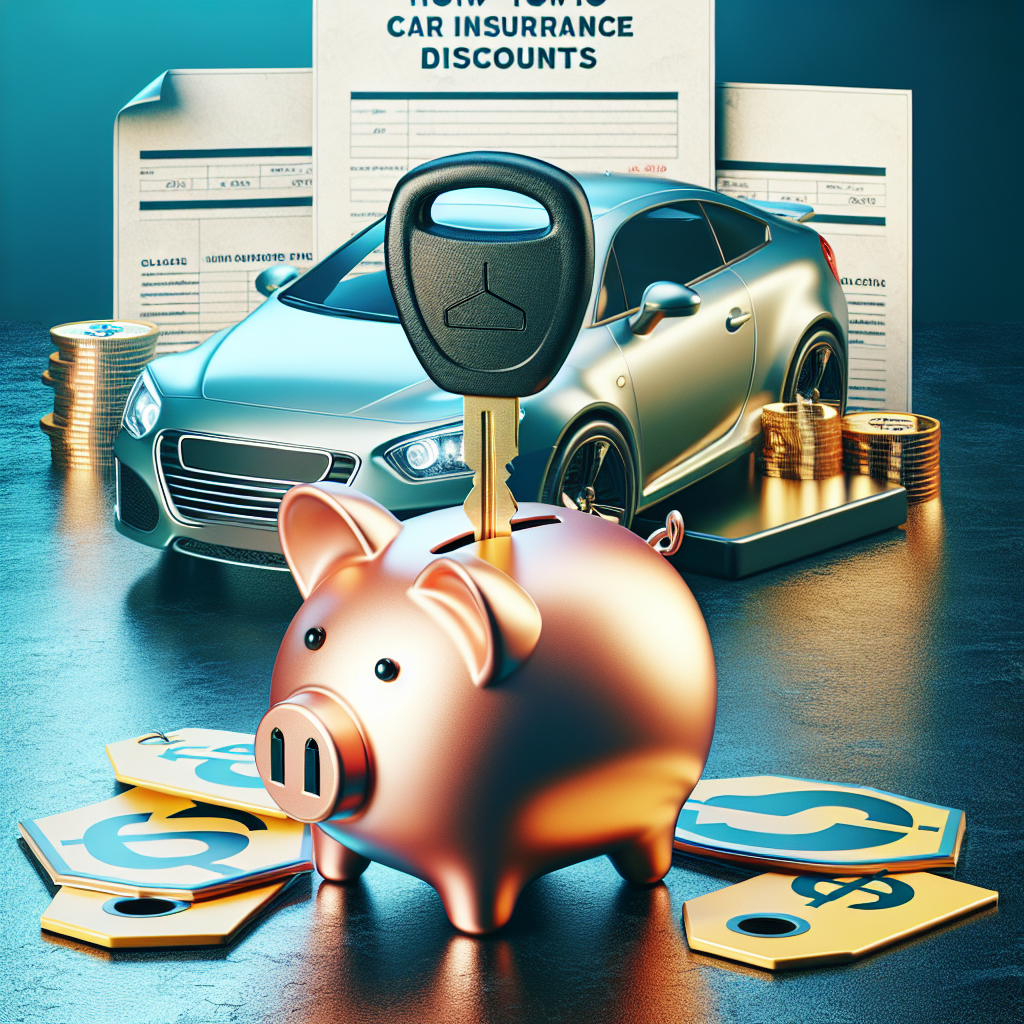Unlocking Savings: How to Compare Auto Insurance Quotes Effectively
When it comes to auto insurance, finding the right coverage at the best price can feel like a daunting task. With numerous providers, various policy options, and a wide spectrum of prices, it’s easy to succumb to confusion and frustration. However, effective comparison of auto insurance quotes is key to unlocking significant savings and ensuring you have the coverage you need. Here’s a practical guide on how to navigate the process successfully. Understanding Auto Insurance Before diving into quotes, it’s important to comprehend the basics of auto insurance. This type of coverage typically includes: Liability Insurance: Covers damages to others when you’re at fault. Collision Insurance: Covers damage to your vehicle in the event of an accident. Comprehensive Insurance: Protects against non-collision incidents such as theft or natural disasters. Uninsured/Underinsured Motorist Protection: Offers coverage if you’re in an accident with someone who lacks sufficient insurance. Knowing the type of coverage you need—and determining the limits for each—is the first step in obtaining accurate quotes. Step 1: Gather Your Information To make an effective comparison, have all relevant information on hand. This should include: Personal Details: Name, address, and date of birth. Vehicle Information: Make, model, year, VIN (Vehicle Identification Number), and current mileage. Driving History: Details on any accidents, tickets, or claims within the last five years. Coverage Requirements: Desired limits for liability, collision, and comprehensive coverage, as well as any additional options like roadside assistance. Consistency is crucial; use the same information for each quote request to ensure comparability. Step 2: Use Online Tools Effectively Many websites and apps can provide instant auto insurance quotes. Insurance aggregator sites allow you to input your information once and receive quotes from multiple providers. While convenient, be cautious—some sites may not include every insurer on the market. To maximize your options, consider visiting insurers’ individual websites, particularly those known for competitive pricing or specialized coverage. Step 3: Review Policy Details, Not Just Premiums When comparing quotes, it’s tempting to focus solely on the price. However, attributes like coverage limits, deductibles, and exclusions can significantly impact your policy’s value. Pay attention to: Coverage Limits: Ensure they meet your needs. Higher limits generally mean higher premiums but greater protection. Deductibles: A higher deductible usually equates to lower premiums but more out-of-pocket costs in the event of a claim. Discount Opportunities: Many providers offer discounts for safe driving, bundling with home insurance, or having multiple vehicles. Look for these to factor savings into your comparison. Customer Service and Claims Process: Consider reviews and ratings concerning each insurer’s customer service record and the ease of their claims process. Cheaper premiums are not worth it if the company is difficult to work with when you need support. Step 4: Speak to an Agent, If Needed While online tools are helpful, speaking directly with an insurance agent can provide clarity. An agent can help explain policy nuances, recommend coverage options tailored to your circumstances, and inform you of any available discounts that might not be reflected online. Step 5: Read Reviews and Check Financial Ratings Checking consumer reviews and financial ratings from organizations like J.D. Power, AM Best, or the Better Business Bureau can provide insights into an insurer’s reputation. High customer satisfaction and solid financial health are indicative of a reliable provider. Step 6: Don’t Forget About State Requirements Every state mandates a minimum level of auto insurance coverage—this varies widely, so be sure you understand your state’s regulations. Obtaining the bare minimum may save you money upfront, but you could face financial risks in the event of an accident. Step 7: Reassess Regularly Auto insurance isn’t a one-and-done deal. It’s advisable to reassess your policy annually or whenever major life changes occur (e.g., moving, changing jobs, or adding a new vehicle). Market conditions change, and new discounts may become available, so it’s wise to stay informed. Conclusion Comparing auto insurance quotes effectively is about more than just finding the lowest price—it’s about securing the coverage that best meets your needs at a competitive rate. By following these steps, you can unlock savings while ensuring peace of mind behind the wheel. The right policy is out there; all you need to do is take the time to find it.










